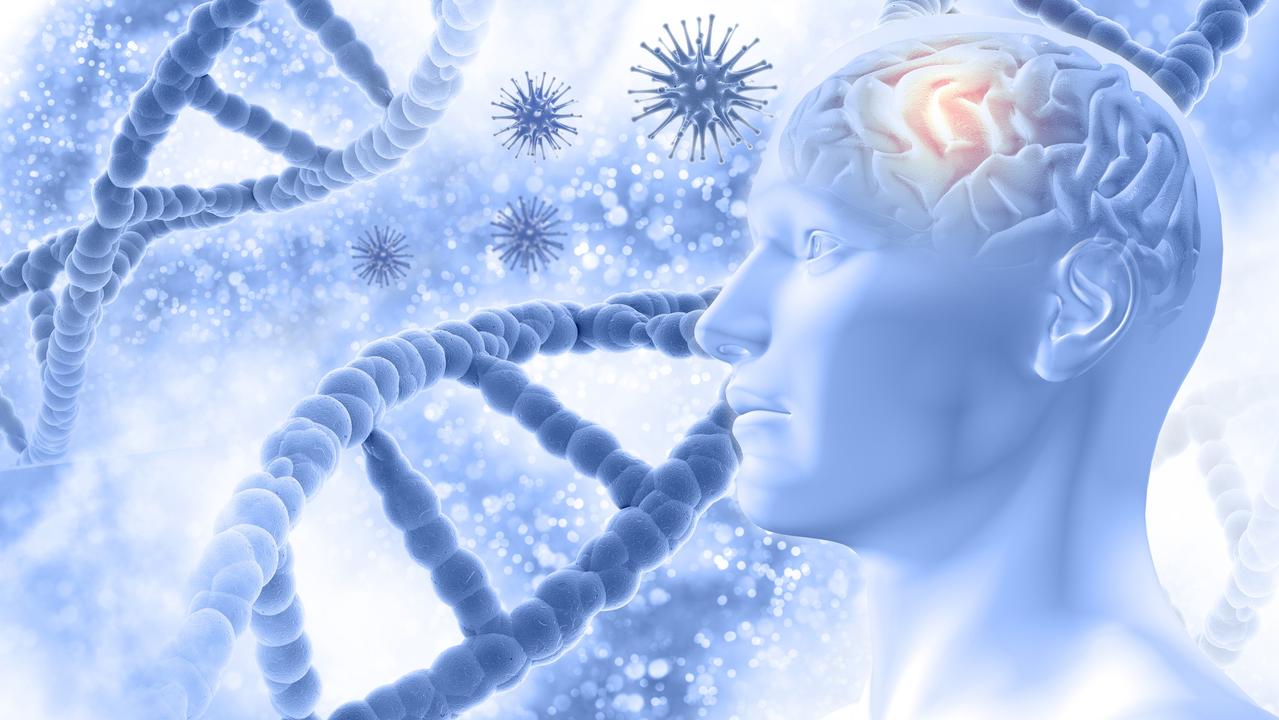Possible genetic cause of left-handedness, new study finds
There could be a genetic reason some people are left-handed, with a new study finding that a rare variant is present in more than twice as many lefties as right-handed folk

READING LEVEL: GREEN
What does Lady Gaga have in common with Barack Obama? While they seem very different, they have been found to share a common trait – left-handedness.
A study has found new clues into why some people become left-handed and others become right-handed.
Researchers have found that the trait, shared by about 10 per cent of people, could have something to do with our genes.
The findings, published in the journal Nature Communications, identified rare variants of a gene involved in controlling the shape of cells and found them to be 2.7 times more common in left-handed people.

While the genetic variants were found in only a tiny amount of left-handed people, about 0.1 per cent, the researchers said the study showed the gene, called TUBB4B, could lead to someone using either the left or right side of their brains for learning language.
Those who mostly use the left side of the brain when learning language tend to write with their right hand, while those who mostly use the right side of their brain become left-handed.
“The relevant nerve fibres cross from left-to-right in the lower part of the brain,” said senior author of the study and neurobiologist Professor Clyde Francks of the Max Planck Institute for Psycholinguistics in the Netherlands. “In left-handers, the right hemisphere is in control of the dominant hand. The question is: what causes the asymmetry of the brain to develop differently in left-handers?”

TUBB4B has been found to control a protein that gets absorbed into filaments called microtubules. Microtubules provide the internal structure for cells.
Finding that rare mutations in this gene were more common in left-handers suggested microtubules were involved in setting up the brain’s normal asymmetries, or one-sided dominance, Prof Francks said.
The study looked at the genetic data of more than 350,000 middle-aged or older adults from Britain. About 11 per cent were left-handed.
The two sides of the brain start to develop differently in humans at the time of being an embryo. Exactly how this happens has remained a mystery to scientists.
The study could shed some light on the role of genes leading to right or left handedness, Prof Francks said.

But despite the genetic link found in the study, for most people, whether or not they became left-handed could purely be down to chance, he added.
Over the centuries, many cultures have looked down upon left-handedness and tried to force lefties to become right-handed. In English, the word “right” also means “correct” or “proper.” The word “sinister” came from a Latin word meaning “on the left side.” Even today, the Italian word for “left” is “sinistra”. And a “left-handed compliment” means an insult covered up as praise.
The number of left-handed people varies across the world. There have been found to be less left-handed people in Africa, Asia and the Middle East compared to Europe and North America, Prof Francks said.
He said in many countries, naturally left-handed kids are still made to use their right hand to write and draw, while kids in Europe, North America and Australia are no longer made to do so.
POLL
GLOSSARY
- rare variants: a genetic variant that a small number of people have in their DNA
- asymmetry: the differences between the right and left hemispheres, or sides, of the brain
- filaments: a thin, threadlike object or fibre
- microtubules: a narrow, hollow tubelike structure found inside plant or animal cells
- sinister: evil
EXTRA READING
How does your brain clean itself?
Chores could boost kids’ brains
How your brain plays tricks on you
QUICK QUIZ
1. What percentage of people are left-handed?
2. What is the name of the gene that could determine whether someone is left-handed?
3. The genes of how many adults were used in the study on left-handedness?
4. If someone uses the left side of their brain for language development, are they right or left-handed?
5. What is the most likely reason there are less left-handed people in some countries compared with others?
LISTEN TO THIS STORY
CLASSROOM ACTIVITIES
1. What was it like?
Write down the four most important points in the story. Try to write them in handwriting using your non dominant hand. Think about what it must have been like for left-handed people who, in the past, were made to switch to being right-handed. Write a reflection about the challenges that these people would have faced.
Time: allow at least 20 minutes to complete this activity
Curriculum Links: English, Personal and Social Capability
2. Extension
Why is it important to find out why some people are left-handed and some people are right-handed? Write down as many reasons as you can think of. Use information in the story to help you.
Time: allow at least 15 minutes to complete this activity
Curriculum Links: English, Science
VCOP ACTIVITY
BAB it!
Show you have read and understood the article by writing three sentences using the connectives “because’’, “and”, and “but” (BAB). Your sentences can share different facts or opinions, or the same ones but written about in different ways.

